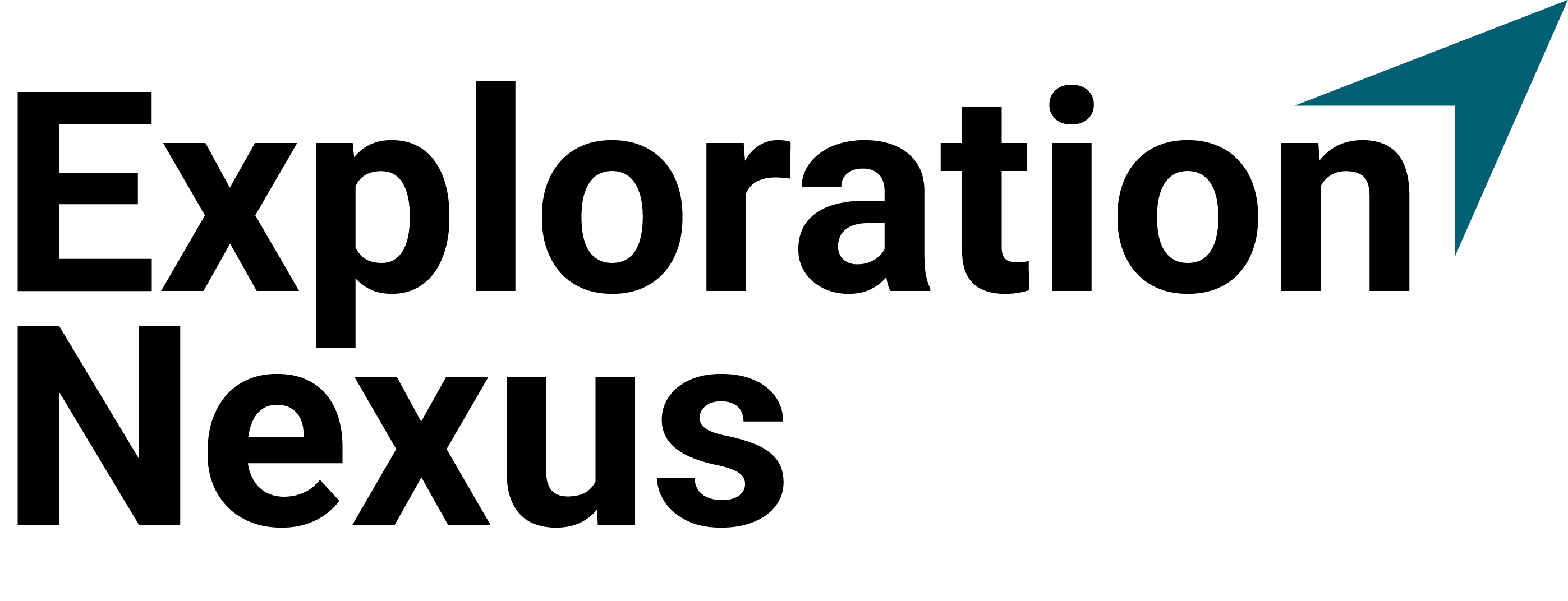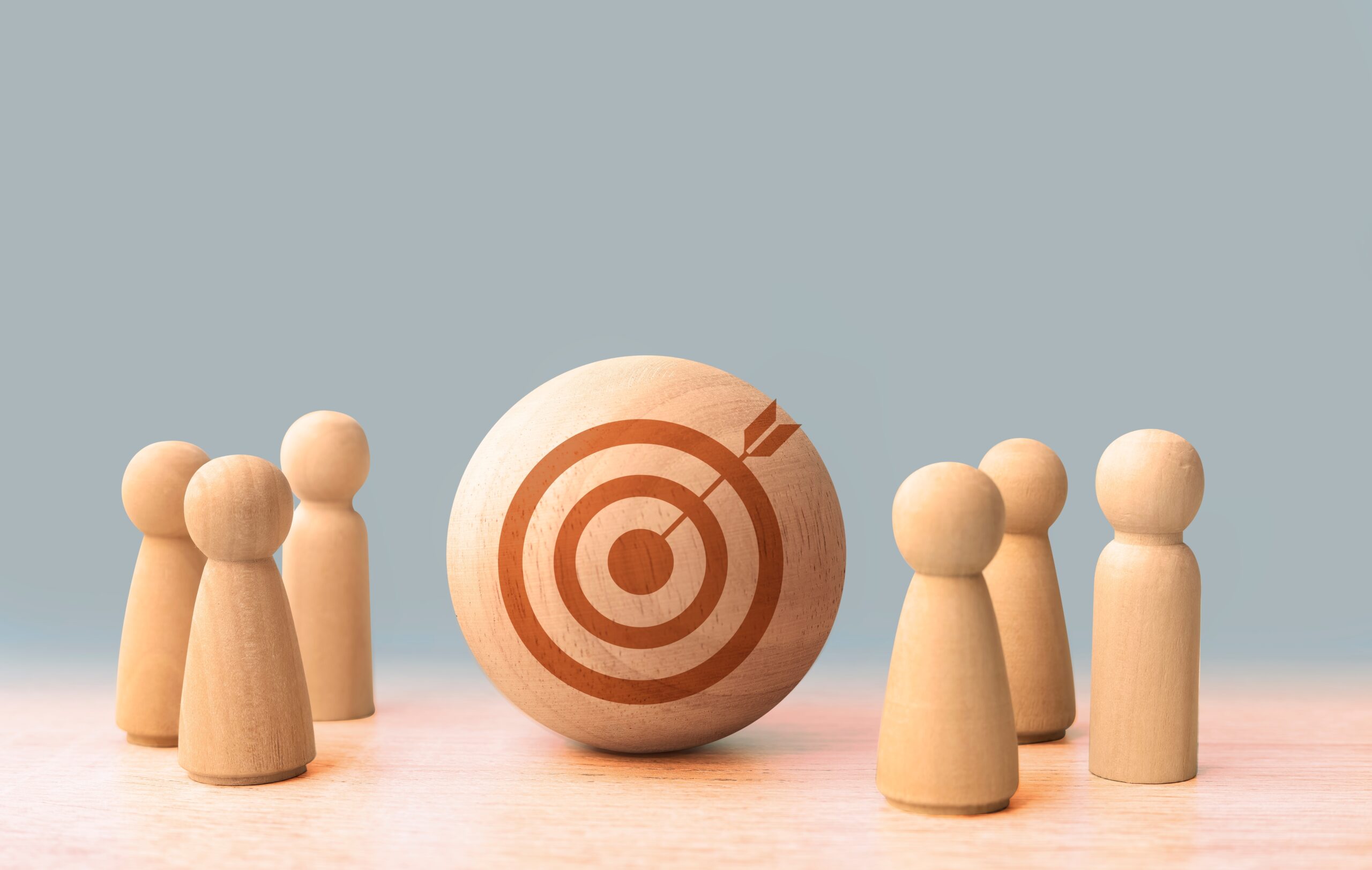The Power of a Minimalist Workspace
In an era of constant digital distractions and cluttered desks, many professionals struggle to focus and be creative. A minimalist workspace is designed to remove unnecessary distractions, promote mental clarity, and optimise productivity.
By reducing clutter, simplifying workflows, and curating an intentional workspace, you can enhance focus, creativity, and overall well-being. This guide explores how to design a minimalist workspace, the benefits it offers, and practical steps to create an environment that fosters peak performance.
Outline
- Introduction: Why Your Workspace Affects Productivity
- The Benefits of a Minimalist Workspace
- The Key Principles of a Minimalist Office
- Decluttering Your Desk: What to Keep and What to Remove
- Essential Elements of a Minimalist Workspace
- Digital Minimalism: Reducing Digital Clutter
- How Minimalism Enhances Creativity and Problem-Solving
- Ergonomics and Comfort in a Minimalist Office
- Maintaining a Minimalist Workspace Long-Term
- Conclusion: A Clear Space for a Clear Mind
1. Introduction: Why Your Workspace Affects Productivity
A cluttered and chaotic workspace can increase stress, reduce focus, and hinder creativity. When your desk is messy, your mind feels overwhelmed, making it harder to concentrate and produce high-quality work.
How Workspace Clutter Impacts Productivity:
✔ Visual distractions make it harder to concentrate.
✔ Excess paperwork and clutter lead to wasted time searching for things.
✔ Overloaded digital files and notifications create mental fatigue.
A minimalist workspace eliminates distractions and maximises efficiency.
2. The Benefits of a Minimalist Workspace
A minimalist approach to your workspace offers practical and psychological advantages.
| Benefit | Why It Matters |
|---|---|
| Increased focus | A clean space eliminates visual distractions. |
| Reduced stress | Less clutter leads to a calmer mind. |
| More creativity | A clear space allows for free-thinking. |
| Better efficiency | Less time spent searching for documents. |
| Enhanced well-being | A peaceful workspace supports mental clarity. |
Your workspace should support your work, not distract from it.
3. The Key Principles of a Minimalist Office
To create an effective minimalist workspace, follow these key principles:
✔ Less is More – Keep only essential items on your desk.
✔ Functionality First – Every item should have a purpose.
✔ Clean and Organised – A clutter-free space improves mental clarity.
✔ Quality Over Quantity – Invest in fewer, high-quality tools.
✔ Digital and Physical Order – Maintain both physical and digital minimalism.
A minimalist workspace is not about emptiness—it’s about intentionality.
4. Decluttering Your Desk: What to Keep and What to Remove
A cluttered desk creates visual and mental chaos, reducing your ability to focus.
| What to Keep | What to Remove |
|---|---|
| ✔ Laptop or main workstation | ■ Excess paper stacks – Scan and digitise documents. |
| ✔ Notepad and pen for quick notes | ■ Multiple office supplies – Keep only one of each essential item. |
| ✔ Essential office supplies (limited to daily use) | ■ Unnecessary decorations – Keep minimal aesthetic items. |
| ✔ A water bottle or coffee mug | ■ Sticky notes overload – Use a digital task manager instead. |
A clean desk = a clear mind.
5. Essential Elements of a Minimalist Workspace
A minimalist workspace is functional, simple, and distraction-free.
Must-Have Features:
✔ A sturdy, uncluttered desk
✔ A comfortable, ergonomic chair
✔ Adequate lighting (natural or soft artificial light)
✔ Minimalist storage (drawers, shelves, or digital storage)
✔ A simple, calming aesthetic (neutral colours, natural materials)
Every element should contribute to your productivity and well-being.
6. Digital Minimalism: Reducing Digital Clutter
Minimalism isn’t just about physical spaces—it also applies to digital workspaces.
How to Declutter Your Digital Workspace:
✔ Organise your desktop – Keep only essential shortcuts.
✔ Use cloud storage – Reduce local file clutter.
✔ Minimise notifications – Silence non-urgent alerts.
✔ Unsubscribe from unnecessary emails – Clean up your inbox.
A clean digital space prevents mental overload.
7. How Minimalism Enhances Creativity and Problem-Solving
A minimalist workspace helps you think more clearly and work more effectively.
Why Minimalism Boosts Creativity:
✔ Fewer distractions = deeper thinking.
✔ A simple environment encourages problem-solving.
✔ Aesthetic simplicity enhances mental clarity.
Creativity thrives in uncluttered spaces.
8. Ergonomics and Comfort in a Minimalist Office
Minimalist workspaces should be functional and comfortable.
How to Optimise Ergonomics:
✔ Invest in an ergonomic chair and desk setup.
✔ Keep your screen at eye level to prevent neck strain.
✔ Use a standing desk if possible.
✔ Ensure proper lighting to reduce eye fatigue.
Comfort is just as important as simplicity.
9. Maintaining a Minimalist Workspace Long-Term
A minimalist workspace requires regular upkeep to prevent clutter from returning.
Tips for Maintaining a Minimalist Office:
✔ Daily Reset – Clear your desk at the end of each day.
✔ Weekly Review – Remove unnecessary items.
✔ Go Paperless – Scan and digitise documents.
✔ Stick to Essentials – Avoid impulse office purchases.
Consistency is key to maintaining a productive space.
10. Conclusion: A Clear Space for a Clear Mind
A minimalist workspace is more than just a clean desk—it’s a system for better focus, efficiency, and creativity. By applying minimalist principles, you can:
✔ Increase focus and reduce stress.
✔ Eliminate distractions and improve efficiency.
✔ Enhance creativity and mental clarity.
✔ Create a peaceful and inspiring work environment.
Challenge: Try decluttering your workspace today and see how it improves your focus and productivity.
A minimalist workspace is not just about aesthetics—it’s about optimising your work environment for maximum success. Are you ready to create a workspace that works for you?







